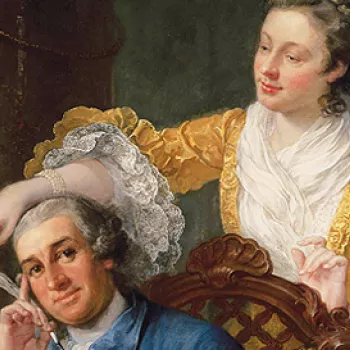Plantae selectae, quarum imagines ad exemplaria naturalia Londini in hortis..nutrita / painted by Georgius Dionysius Ehret, described by Christophorus Jacobus Trew. 1750-73
RCIN 1052133

Christoph Jacob Trew (1695-1769)
Plantae selectae, quarum imagines ad exemplaria naturalia Londini in hortis. . nutrita / painted by Georgius Dionysius Ehret, described by Christophorus Jacobus Trew 1750-73

Christoph Jacob Trew (1695-1769)
Plantae selectae, quarum imagines ad exemplaria naturalia Londini in hortis. . nutrita / painted by Georgius Dionysius Ehret, described by Christophorus Jacobus Trew 1750-73

Christoph Jacob Trew (1695-1769)
Plantae selectae, quarum imagines ad exemplaria naturalia Londini in hortis. . nutrita / painted by Georgius Dionysius Ehret, described by Christophorus Jacobus Trew 1750-73
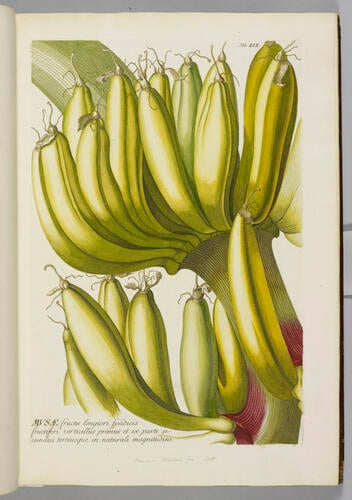
Christoph Jacob Trew (1695-1769)
Plantae selectae, quarum imagines ad exemplaria naturalia Londini in hortis. . nutrita / painted by Georgius Dionysius Ehret, described by Christophorus Jacobus Trew 1750-73
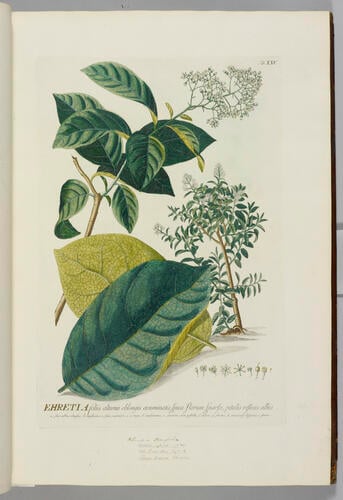
Christoph Jacob Trew (1695-1769)
Plantae selectae, quarum imagines ad exemplaria naturalia Londini in hortis. . nutrita / painted by Georgius Dionysius Ehret, described by Christophorus Jacobus Trew 1750-73

Christoph Jacob Trew (1695-1769)
Plantae selectae, quarum imagines ad exemplaria naturalia Londini in hortis. . nutrita / painted by Georgius Dionysius Ehret, described by Christophorus Jacobus Trew 1750-73
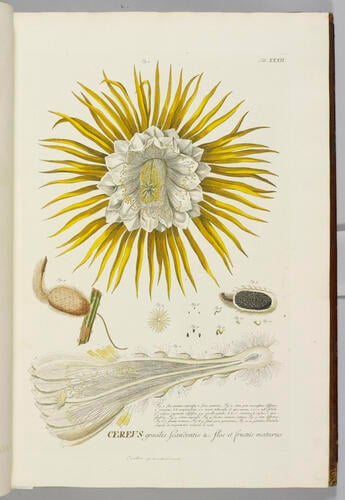
Christoph Jacob Trew (1695-1769)
Plantae selectae, quarum imagines ad exemplaria naturalia Londini in hortis. . nutrita / painted by Georgius Dionysius Ehret, described by Christophorus Jacobus Trew 1750-73
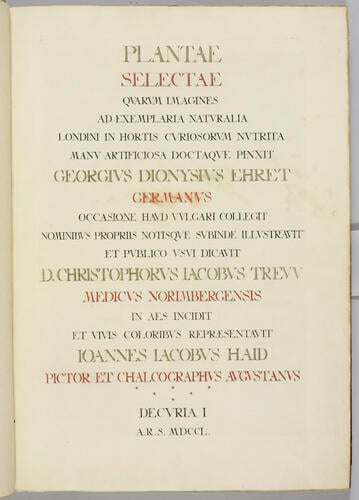
Christoph Jacob Trew (1695-1769)
Plantae selectae, quarum imagines ad exemplaria naturalia Londini in hortis. . nutrita / painted by Georgius Dionysius Ehret, described by Christophorus Jacobus Trew 1750-73








-
Ehret was a German botanist, best known for his illustrations. His first major sale was through Christoph Jacob Trew, a doctor and botanist in Nuremberg, who became his patron, and used many of Ehret’s botanical illustrations in his own work. He even named a genus of plants after the artist – Ehretia, flowering plants of the borage family – for revealing in his drawing its peculiar character for the first time. The 1730s saw Ehret travel to Britain, where he was introduced to Sir Hans Sloane and to Philip Miller; he also spent time in the Netherlands in the garden of George Clifford, a Director of the Dutch East India Company. There Ehret met Carl Linnaeus, then Clifford’s botanical curator, who was working towards his own new system of botanical categorisation. While Ehret’s early drawings were made on both paper and vellum, his preferred media for finished work became bodycolour (opaque watercolour) on vellum, influenced by time spent in Paris at the Jardin des Plantes in 1734. His drawings for Plantae selectae had been acquired over a number of years by Trew, who then entrusted them to Johann Jacob Heid, an engraver in Augsburg, to be prepared for publication. (Trew’s collection of drawings for Plantae selectae are now chiefly housed in the University Library of Erlangen, Bavaria.) The images that Trew chose to publish were those from plants recently introduced or then unknown to the public – such as the banana and pineapple, neither of which had been tasted in Europe at that time.
Text adapted from The First Georgians: Art and Monarchy 1714 - 1760, London, 2014.Provenance
From the collection of the botanist William Forsyth. Acquired by William IV following Forsyth's death in 1835.
-
Creator(s)
(illustrator)(publisher)Acquirer(s)
-
Category
Object type(s)
Subject(s)




